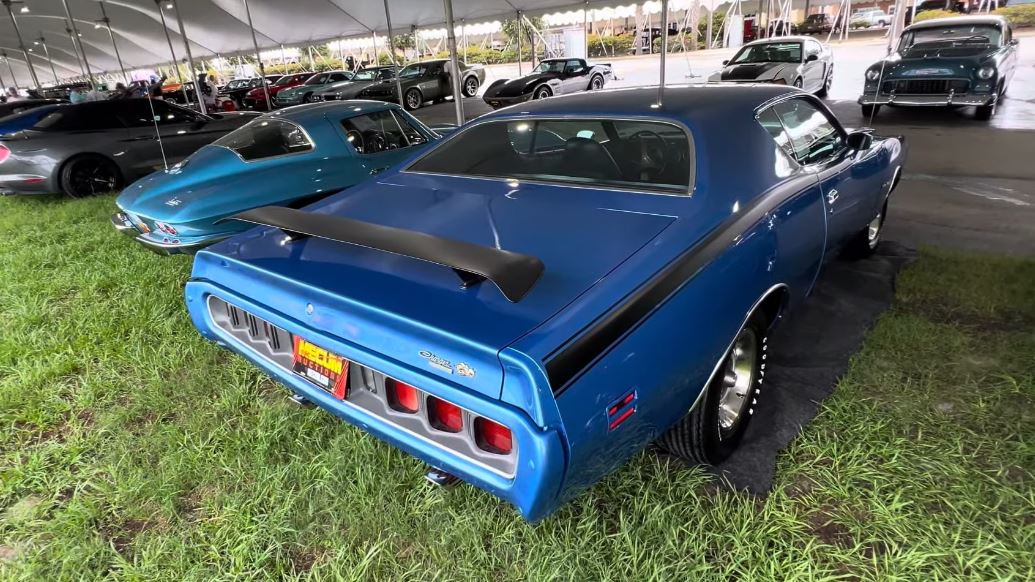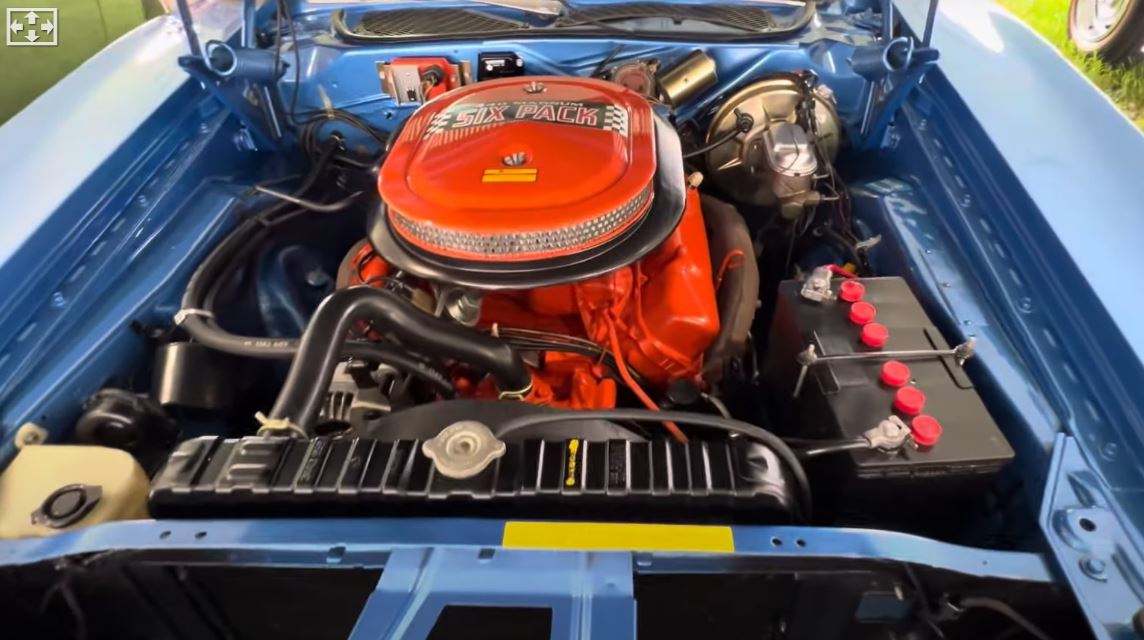In 1967, Chrysler decided its Dodge and Plymouth divisions needed a pair of affordable muscle cars that would slot under the Charger and GTX. The Dodge Super Bee and Plymouth Road Runner were born, and both hit showrooms for the 1968 model year.
The Road Runner was a big hit, moving 44,303 units in its first year in showrooms. In 1969, sales jumped to a whopping 81,105 examples. The Super Bee wasn’t as sought-after, moving 7,842 units in 1968. Deliveries increased to 27,800 examples the following year.
Both muscle cars were redesigned and received the “fuselage” body style in 1971, but they parted ways in 1972. While Dodge chose to discontinue the Super Bee, Plymouth kept the second-gen Road Runner in production through 1974. A more premium version followed in 1975, before the Road Runner became a trim package for the compact Volare.
More than 50 years later, both golden-era iterations of the Super Bee and Road Runner are desirable among muscle car enthusiasts. But Dodge’s take on the affordable muscle car is arguably the rarest and tends to fetch the bigger bucks at public auctions.
The 1971 version is the rarest of the bunch. A one-year gem in terms of design and options, the 1971 Super Bee saw daylight in 5,054 units, 4,325 of which were shipped to US dealers. Most of these cars were equipped with the standard 383-cubic-inch (6.3-liter) V8, which found its way into 3,858 vehicles.
At the other end of the spectrum, we have the HEMI Super Bee, with only 22 units sold. Only nine of them also got the four-speed manual gearbox for that holy-grail drivetrain combo. The 1971 Super Bee you see here doesn’t have a 426-cubic-inch (7.0-liter) HEMI to brag about, but it’s nearly just as rare.
This B5 Blue Mopar rocks a 440-cubic-inch (7.2-liter) Six-Pack V8, the next best thing in terms of golden-era high-performance Chrysler engines. The six-barrel big-block was rated at 385 horsepower at the time, only 40 horses below the range-topping HEMI. But even though it didn’t cost as much as the latter, it wasn’t selected by many customers due to high insurance rates. Specifically, the 440 Six-Pack found its way into only 108 Super Bees in 1971. This blue hardtop also features a three-speed automatic, making it one of just 69 equipped with this combo.
Spotted at a high-profile auction event, this Super Bee is arguably one of the finest examples out there. Restored to factory specifications, it has won a few awards and was previously displayed in the Wellborn Museum.
A numbers-matching rig, it sports the rare A54 body-colored bumpers, an N96 Air Grabber hood, and Rallye wheels. And thanks to a report by Mopar expert Dave Wise, its authenticity is undisputed. Not surprisingly, the Super Bee crossed the auction block for a seven-figure sum.
The muscle car hit the auction block twice in 2024. It was initially sold at Kissimmee 2024 in January for $92,400 (including fees). The new owner had enough of the car after only six months and brought it to Florida Summer Special 2024. The hammer fell at $148,500, bringing him a profit of over $50,000.
As of August 2024, it’s the third most expensive 1971 Super Bee ever auctioned and the priciest non-HEMI car. Check it out in the video below.

